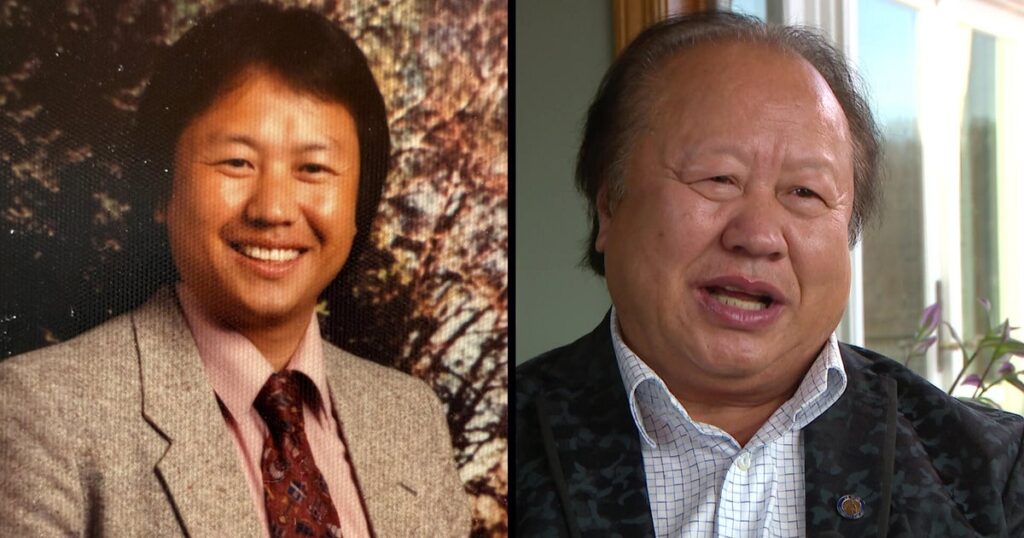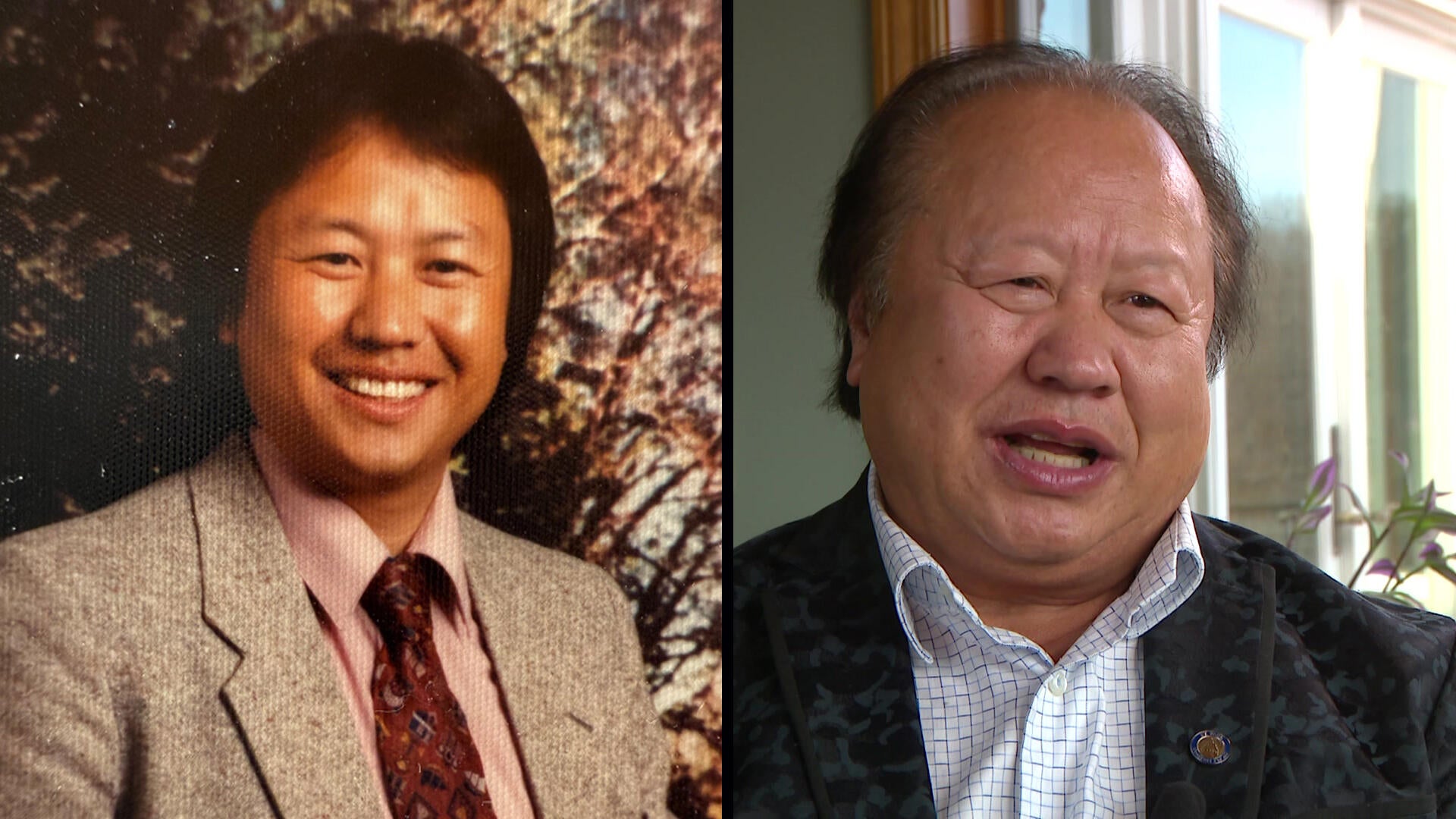Minnesota is built by immigrants who’ve enriched the state with diversity and innovation. One of those groups is the Hmong community.
Minnesota is home to the largest Hmong population in the country, and it all started nearly 50 years ago when the Vietnam War ended with the fall of Saigon.
Months after the fall, Leng Wong fled his home of Laos months after serving as a military officer in the Lao Armed Forces during the Secret War, a clandestine operation where the CIA recruited and trained thousands of Hmong men to fight on behalf of the U.S.
“Flew missions into different parts of Laos, and I flew in American military operative, translate for them, talk to troops on the ground and relayed it to the American troops,” Wong said. “I was traveling with so they could relay it back to the base or the headquarter and call for support.”
Wong served for 10 years, until the bitter end was inevitable. He knew it was no longer safe for him to stay.
“They called us traitors, so they don’t like us,” he said. “It was so chaotic that we really didn’t have time to think much about it other than how to survive.”
He and his family escaped on one of the C-130 cargo planes the Americans had sent to help evacuate refugees.
“Just the clothes on our back. There was really nothing that we could bring with us,” he said.
They flew to Thailand, where they would stay for the next nine months. Then, news came of a sponsor.
Leng Wong/WCCO
“There was a lot of uncertainty, what I would be facing in a new land,” Wong said.
He arrived at Minneapolis-St. Paul International Airport, in the bitter cold, on Feb. 7, 1976.
“I was having trouble catching my breath because it was so cold, and we’re not used to that type of cold in our home country,” he said.
Frigid, and foreign, Wong was often met with a cold shoulder. He says his biggest barriers at first were language and culture.
“Initially, we were faced with some resentment from the community as well, thinking that we were here taking away services,” he said.
Even so, Wong still felt the need to help others just like him. He made it his aim to improve the lives of other Hmong people who would be following in his footsteps.
“I was able to communicate and translate for people, so I’d be busy day and night,” he said. “We’d be at the hospital, the clinic, at the airport.”
Wong would spend years working for refugee programs with Lutheran Social Services and the state, helping people find jobs and working with employers to create those jobs.
He’d also advocate for policy changes in support of refugees, all while traveling across Minnesota, and eventually across the country, to break down barriers and to educate others on the Hmong people.
These days, Wong owns several commercial buildings across the Twin Cities, and also has his sights set on building more affordable housing for all Minnesota families.
“I don’t think I’ll ever retire. I think I will continue to advocate for our community and to work and contribute back to our community, as well as the community at large,” he said.
Wong is a humble servant, forever thankful for the new land, and its people who accepted him.
“Minnesota’s been good to me. It’s always cold, but the people in Minnesota are warm hearts,” he said. “We know this is where we belong now, but we still have a part of our heart on the other side of the world that we know we belong there, too.”
EDITOR’S NOTE: Dang Her and his family were the first Hmong immigrants to come to Minnesota in November 1975, according to the Minnesota Historical Society. Leng Wong’s family came as the first Hmong refugees in February 1976, according to the Hmong American Partnership.
This story is part of Pauleen Le’s documentary “Vietnam 50 Years Later: Reflection on a War that Changed Minnesota.”
Join WCCO on Wednesday, May 7 at 5 p.m. for a special screening at Concordia College in St. Paul — hosted by the Center for Hmong Studies:
- Buenger Education Center (BEC)
- 1282 Concordia Avenue, St. Paul, MN 55104
- Attendees are encouraged to park in Lot A, Carroll Street or Syndicate Street
Watch the full documentary below, or on our YouTube channel.





